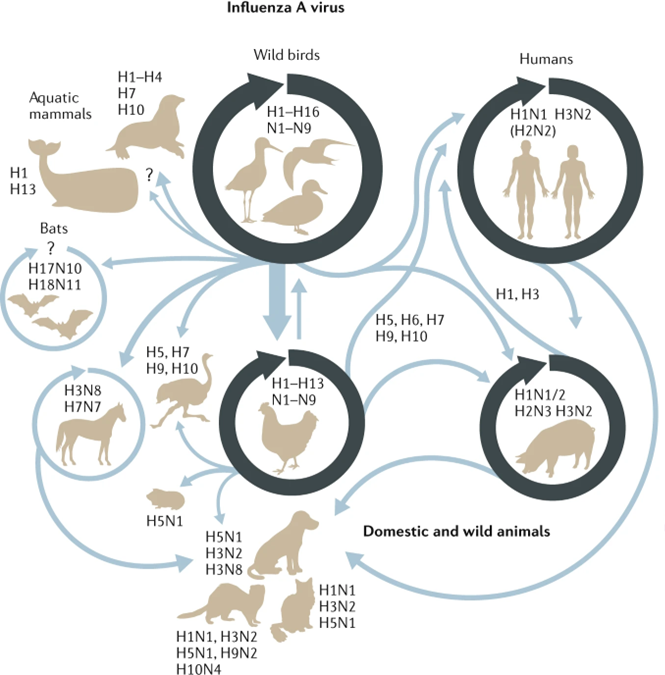I've been thinking about this for a while but with B.1.637.1 being assigned I've decided to write a thread about 'second generation variants'.
- What are they?
- Why should we be bothered about them?
- How should we look for them?
github.com/cov-lineages/p…
- What are they?
- Why should we be bothered about them?
- How should we look for them?
github.com/cov-lineages/p…
Disclaimer – B.1.637.1 is almost definitely nothing to be worried about – its an interesting lineage that has some convergent evolution with Delta – seqs might increase in the coming weeks but this is mostly due to it being an S-gene target failure virus (false positive for BA.1)
So what are 2nd gen variants? I’m defining them as variant lineages (ie long branch lengths, no intermediates) that are derived from previous variant lineages. B.1.637.1 is the first clear example of one of these that been assigned by @PangoNetwork 

B.1.637.1 is particularly interesting example as it shows some clear convergent evolution towards Delta, gaining T478R and P681R and several other mutations (when it already has L452R), though worth saying its parental lineage (B.1.637) wasn't all that interesting/successful.
Why should we care about 2nd gen variants? Well they are evolving from already existing, successful variants which already have nasty properties (antigenicity, transmissibility). This might mean its easier for them to get the right (or wrong for us) combo of mutations.
To use an analogy of climbing a 'fitness mountain' each current VOC has had to climb from the bottom. A second generation variant can start halfway up and capitalise on the gains of its parent lineage.
(apologies to @influenzal for the strained metaphor)
(apologies to @influenzal for the strained metaphor)
In all honesty I thought after Delta that a 2nd gen variant (maybe on an Alpha, Gamma, Mu or Delta background) was the most likely next 'variant lineage'... After some evidence appearing in the last few days I'm not entirely certain I was wrong....
Its become apparent in the last few weeks both Omicron and B.1.640 – two variant lineages with very long branch lengths, have minor ‘outgroups’ that are clearly related but very distant, with no apparent intermediates between them.
Both lineages have consequently been split into sister sublineages by @PangoNetwork github.com/cov-lineages/p… github.com/cov-lineages/p…
I propose one potential explanation for this is that both lineages are actually 'Second generation variants' where the original parental variant lineage has never been sampled for some reason or other. This may become clearer as more genomic/functional evidence is discovered.
Finally its worth mentioning it may be quite easy to miss 2nd gen variants as they will get called as the parental lineage they and share most of their parental lineage mutations. Its worth keeping an eye out for known variants with many more mutations than normal though.
Thanks to the @GISAID community and contributors for sharing their data allowing this kind of analysis to be done, to @PangoNetwork and its contributors for all their help and to @influenzal, @shay_fleishon, @nzm8qs, and @MoritzGerstung for some useful convos around this area!
Oh and @macroliter as well!
• • •
Missing some Tweet in this thread? You can try to
force a refresh











